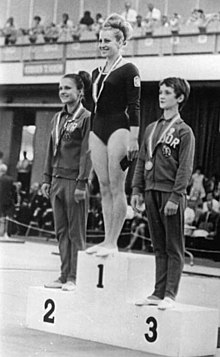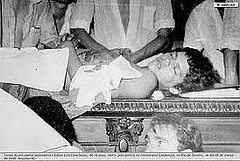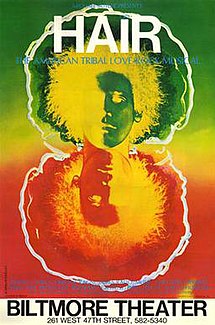he Chinese
Cultural Revolution started in May 1966, with the movement of Mao Zedong,
chairman of the Communist Party, to enforce the socialism. Using workers, students
and some people from the Army, Mao started to combat its enemies inside the
Party and for this created the Red Guard factions, that used the force and a
lot of manifestations to end all movements (real or not), including execution
of the “enemies”.
In 1968,
the movement showed a complete victory of Mao. He became at that year to be
considered as a “god”, the only real leader, the man who not only saved China
but also was responsible for happiness of the Chinese people. Based on this
position, Mao launched a movement which during ten year sent intellectuals who
lived in cities were ordered to go to the countryside. “Intellectuals” was then
the denomination to refer to recently graduated students from middle schools.
In October, Mao began to purge considered officials
disloyal to him. They were also sent to the countryside to work in labor camps.
In the same month, at the 12th Plenum of the 8th Party Congress, Liu Shaoqi was
"forever expelled from the Party.
The Red
Guard, like the students in Paris in May 68, created slogans, some of them
violent like: “Long live to the red terros”, “Strike the enemy down on the
floor and step on him with a foot” and “Those who are against Chairman Mao will
have their dog skulls smashed in pieces”. The authority of the Guard was
superior than that of the Army, local police authorities and even the law. The
milenar Chinese arts were publicly attacked.
All this
movement resulted in a total isolation of China from the rest of the world. It
just started to change in 1972, when Mao met Richard Nixon in Chinese
territory.
So, 1968
was a different year all over the world. Even in China.
















